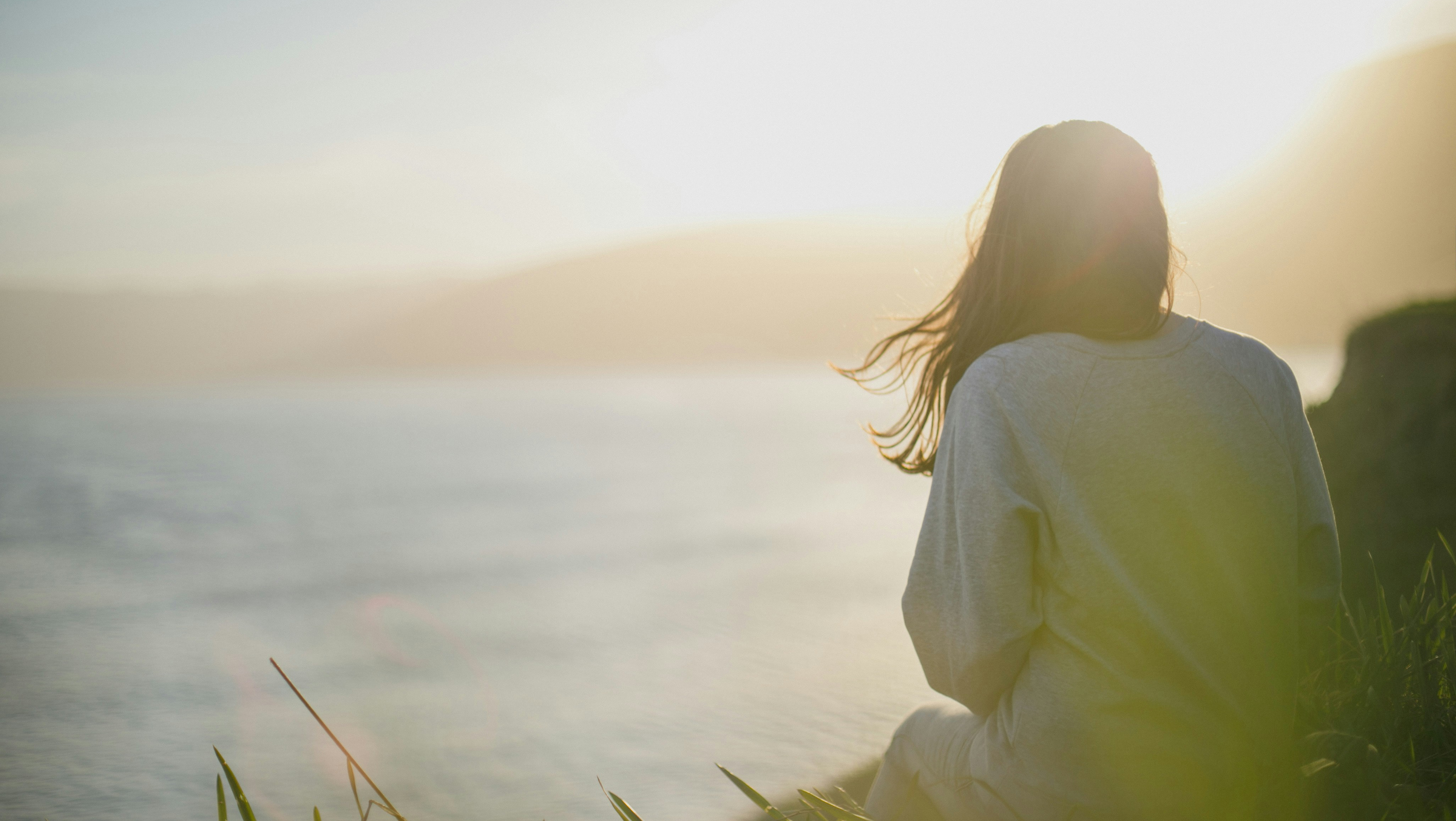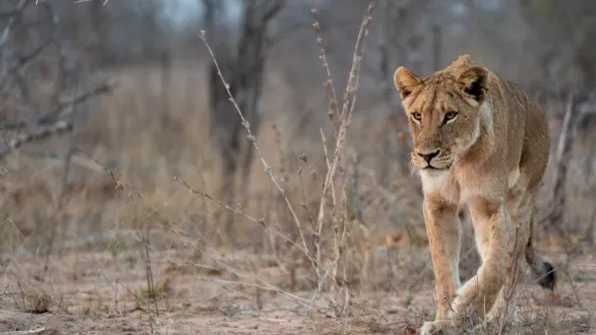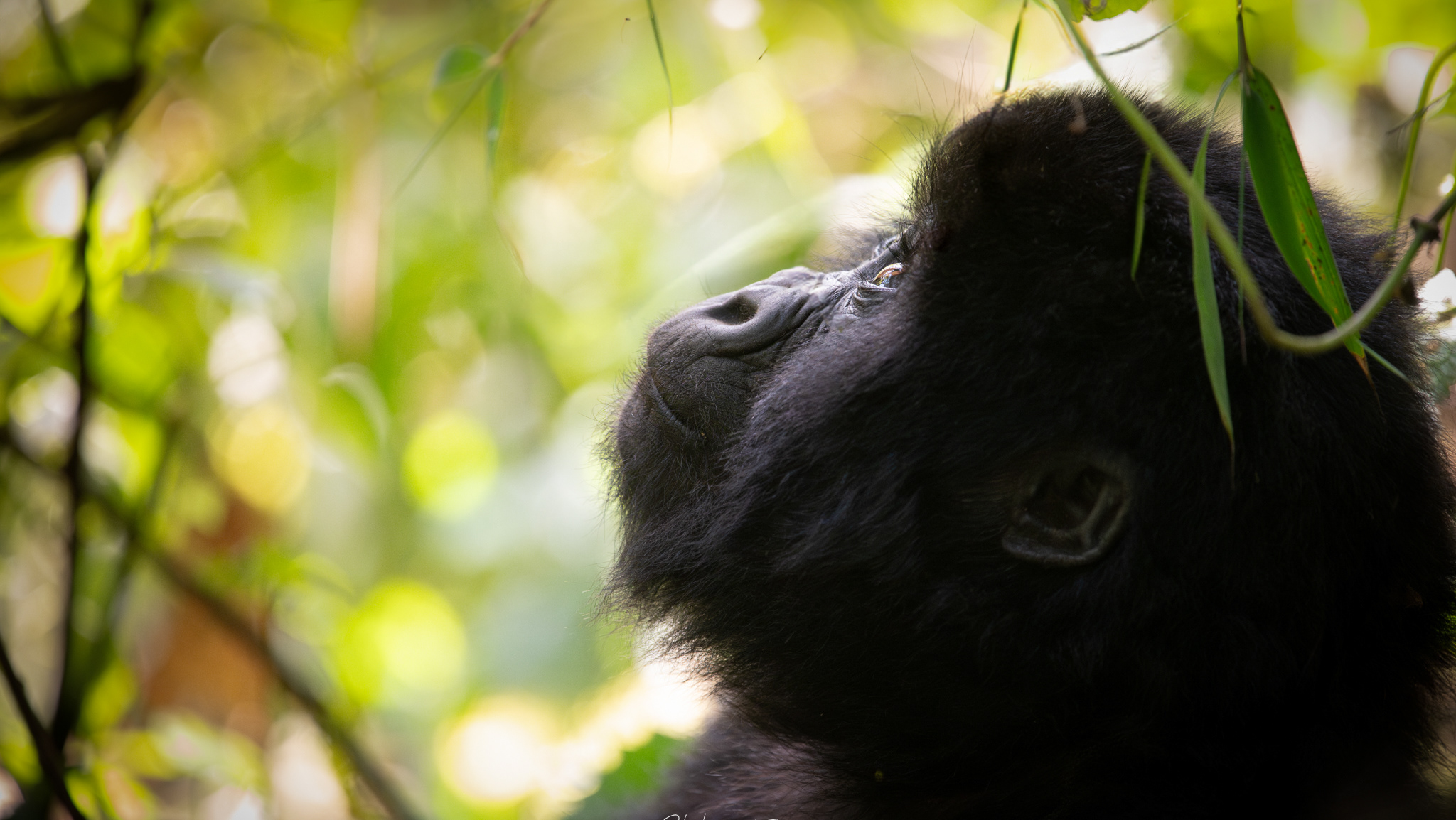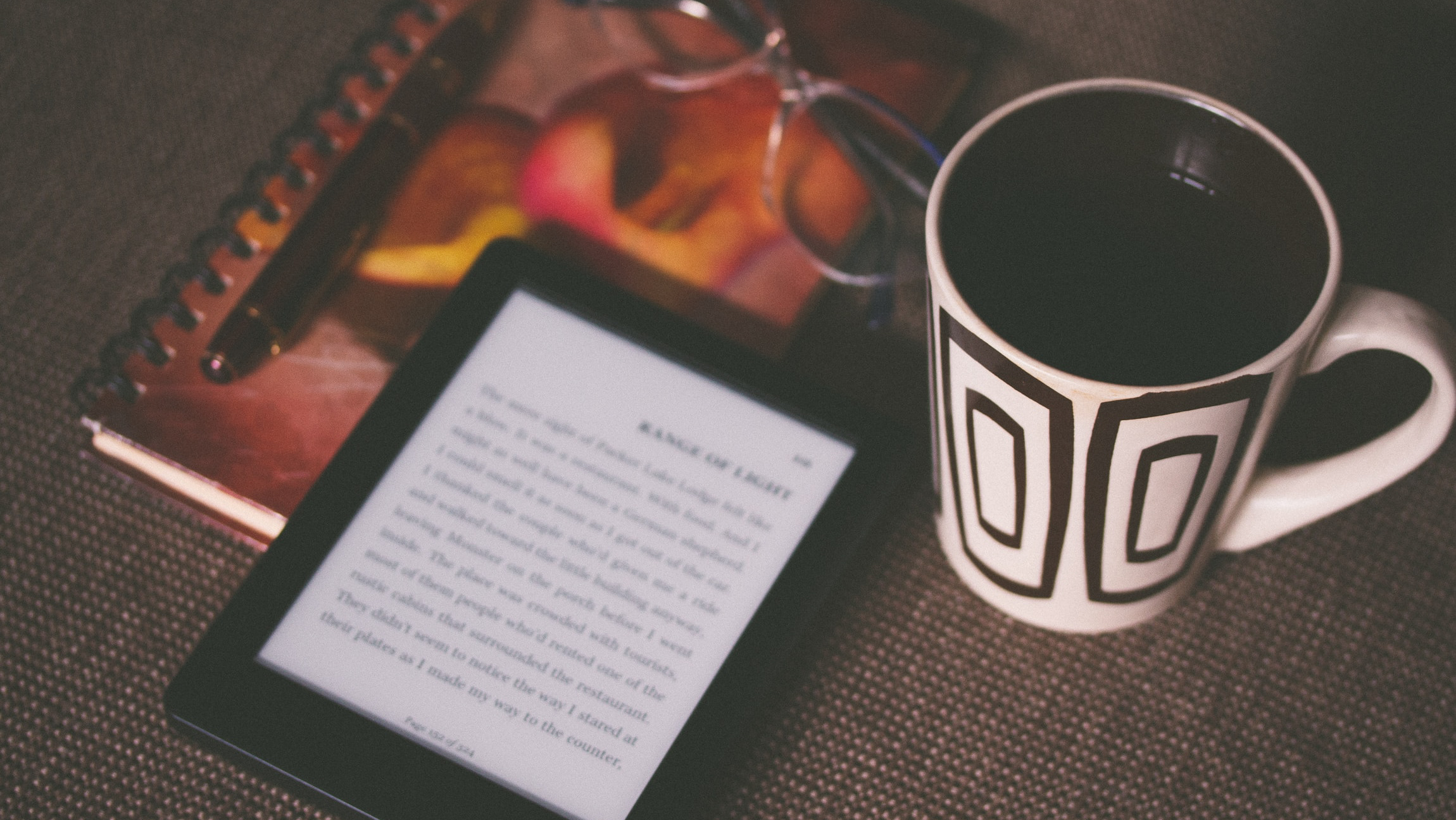Conservation photography’s primary goal is to have a positive impact on the environment, usually by raising awareness or changing policy. Photographers believe that images create emotional connections that often words alone might fail to achieve. But conservation photographers take this a step further: they merge moving photographs with stories and science to create a powerful combination intended to communicate with audiences and inspire action.
I’ve wanted to be a photographer since I picked up an old Olympus camera as a kid. Even to this day I still have my old Nikon F70, a film camera I was given for my 13th birthday. I loved the idea of creating art and telling stories with images. Although I didn’t know it at the time, it paved the way towards becoming a wildlife photographer with a mission to explore as many wild places as I could.
Quite by chance I chose to study narratives in psychology in my master’s thesis. I don’t believe I intentionally sought to study narratives and storytelling, but something about the human experience drew me into a topic that would ultimately be centred around the formation of narratives and its healing potential. The only problem is that I didn’t want to pursue conventional psychology anymore and chose this moment of discontent to make a radical shift in my career.
Instead I set out to find a way to merge psychology with the two things I have always loved - conservation and photography. Research by writer and psychiatrist Ian McCallum and conservation psychologist Carol Saunders showed me that environmental issues are in fact deeply entwined with psychology, providing the impetus to pursue conservation psychology in my doctorate.
Serendipitously, around this time, I had recently met the director of Wild Shots Outreach, Mike Kendrick. He initiated the outreach after moving to Hoedspruit and discovering that so many young people living on the boundaries of the Greater Kruger region had never seen wildlife or the inside of the national park and reserves. In response, his outreach seeks to train young people from the surrounding communities about conservation through photography skills. His work has been outstanding with hundreds of young people reached and counting. Many of these students have gone on to study photography and film making, open their own studios, pursue wildlife photography or careers in conservation and hospitality. Wild Shots Outreach is an incredible example of capacity building and empowerment, all through the medium of photography.
Over the course of four years, I had the privilege of engaging with participants of the outreach to learn more about their stories and experiences of learning photography, capacity building, and conservation. We used photography to tell these stories through a research method known as photovoice by Caroline Wang and Mary Ann Burris. The idea is that taking photographs allows participants to share their stories in ways that transcend language and other barriers. It’s creative, personal, and insightful, but it is also empowering to see participants as experts of their own experiences.
Part of the results gathered from the research project demonstrated that young people find photography an immensely enjoyable way of exploring the natural world, creating connections with other people, self-expression, and for some a new-found career and passion. Photography had created a platform for storytelling and self-expression, which was particularly powerful considering that the Wild Shots Outreach participants have experienced marginalisation as a legacy of apartheid. Photography had created the space for voice and representation. Through the photovoice research we learnt so much about a historically silenced community and their experiences and views of conservation in South Africa.
By merging psychology, conservation and photography, I had found a nexus exists in which we can prioritise conservation goals with human wellbeing in ways that are empowering and represent our country’s incredible diversity. We can find ways to incorporate local and indigenous perspectives instead of perpetuating old, exclusionary ways of practising conservation. Photography was simply a tool we used to appreciate this, but certainly a powerful tool with incredible potential.
While conservation photographers use photography to communicate science, photography can also be used in many special ways to tell the stories of those who have historically been excluded from natural spaces and open opportunities to make these spaces welcoming and accessible to all.









